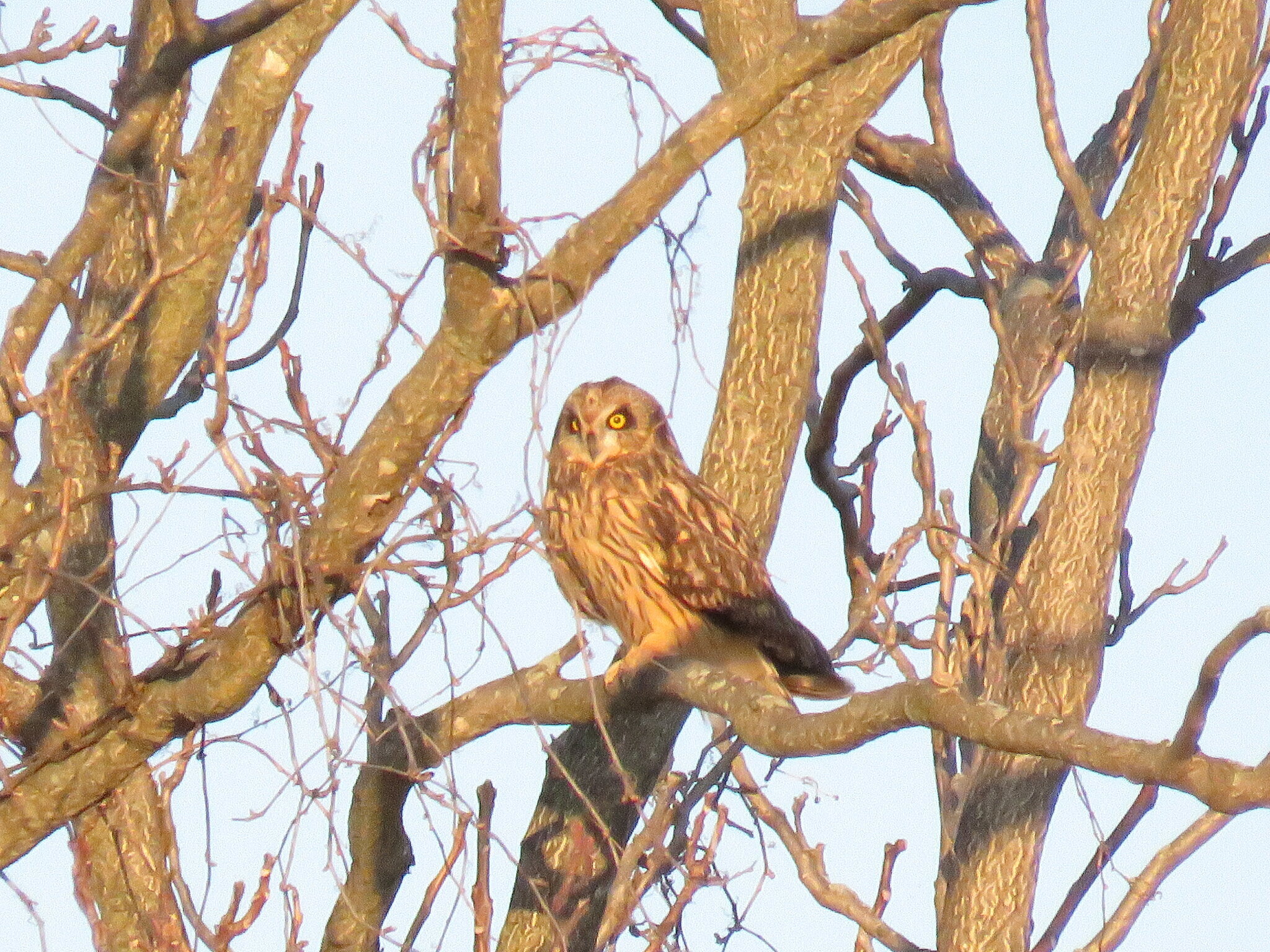Montgomery Hall Park's 148 acres include rolling hills, quiet woodlands, sports fields, playgrounds, picnic shelters, trails, and a public swimming pool. The Department of Parks & Recreation has its offices there. The park consists of open fields and woodlands of various types of vegetation, with a network of trails named after YuLee Larner, co-founder of the Augusta Bird Club. A wide variety of birds can be seen here any time of year. Many woodpeckers, Eastern Wood-Pewee, Great Crested Flycatcher, and even Yellow-billed Cuckoo are often present. During migration, occasional large clusters of warblers and vireos show up.
Accessibility: Parking and restrooms are present. Hours: 6am - 11pm.
Owner/Manager: City of Staunton
eBird Hotspot: Montgomery Hall Park
—Vic Laubach

